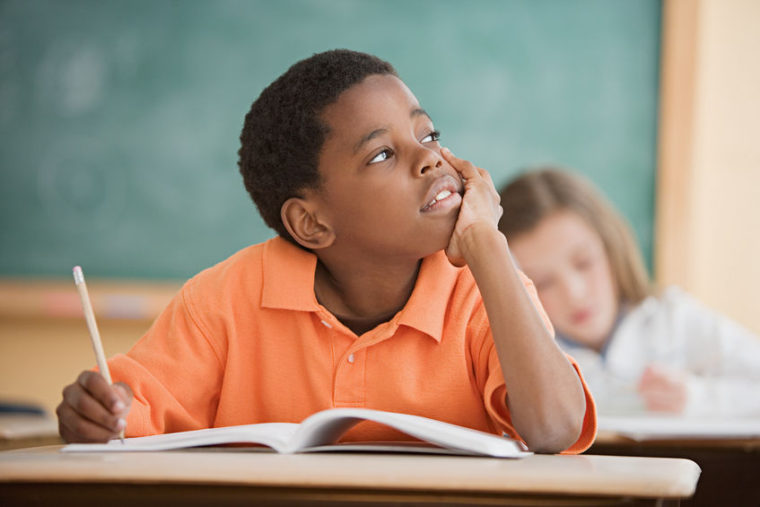Listening is key to learning and the entire body is involved in listening.

When we talk about listening, we immediately think about the auditory system, which has 3 main components:
- The outer ear – the pinna (ear lobe), the ear canal and the eardrum
- The middle ear – 3 small bones
- The inner ear – the cochlea (an organ with coils like a snail) the semicircular canals, and the auditory nerve.
The auditory system is the sensory system for the sense of hearing and has 2 main functions:
- Hearing
- Balance
How does the auditory system work? It does 4 things:
- Pick up stimulus energy from the world around us i.e. sound
- Change that energy into a pattern of nerve impulses
- Carry those impulses to the proper locations in the brain
- Process the information in the pattern of impulses so that the stimulus can be identified.
How does it do all of that?
- Sounds from around you are trapped by the outer ears (your 2 ear lobes) and funneled through the ear canal to the eardrum which vibrates causing
- Those 3 little bones in the middle ear to transmit those vibrations to the cochlea in the inner ear.
- The vibrations move the fluid in the inner ear which generates nerve impulses that travel along the auditory nerve to the brain, where it is processed and interpreted as meaningful sound.
Most people overlook the fact that the inner ear also houses the semi-circular canal…the vestibular system – the organ of balance.
When the head and the body move, this organ records the body positions and movement, giving us the sense of where our bodies are in space and permits us to control our bodies.
Because the 2 organs in the inner ear function differently – the cochlea perceiving sound and the vestibular system registering movement, people tend to think about them as 2 distinct entities.
In my research I’ve learned, and also experienced through my work with struggling children that both of those entities in the inner ear have the same role.
They are both filled with fluid and they both help us perceive movement.
The vestibular system is in charge of slower movements – those we see, feel, and actually call movements.
The cochlea is in charge of faster oscillatory movements – those that we don’t see and can hardly feel, but those we hear.
Think about this – when a bird flies, we see the slow movements of its wings, but when a bee flies we hear the much faster movements of its wings.
The cochlea is the auditory ear, and…
The vestibular system is the ear of the body.
Whereas vision happens all at once, sound requires time and space.
What does that mean?
If a child has balance issues, he will appear to be spaced out because he has poor awareness of space and time. This will translate to difficulty listening…difficulty with sound.
The Floating Raft
What would happen if you tried to take pictures from a floating raft on choppy waters?
- Reading and learning are similar to taking pictures:
- The reader has to aim both eyes in time and space at the page,
- Focus on what’s there and pay attention, then
- Use the ears to catch the message.
- Decoding words in reading is controlled by the ears of the body (the vestibular system)
- Ocular (eye) muscles are linked to the vestibular system, so when that system does not work correctly, the child’s eye movements will be hindered.
Children with auditory system deficits have trouble with spelling, reading, and writing because that system is connected with the visual system in ways that are not often identified.
If you are the parent of a child who struggles in school, it is important for you to rule out vision deficiencies as well as auditory deficits.
What experiences have you had with “spaced-out” children?

That’s so interesting. Reading is certainly a complicated process. Thank you for the detailed explanation of exactly how complicated reading is and its effect on the student’s entire body.
You’re welcome, Alice. Thanks for your support. I appreciate you.
The more I learn, the more I realize that everything counts. All our body systems are connected in some way. When one is out of balance, it will negatively affect another.
While I knew hearing and learning abilities were linked to some extent, I did not realize the connections you made using the floating raft example… Thanks for this informative post..and glad to see you again as part of the UBC
When we’re willing to live outside of the box, we learn a lot more than we were taught in school. It’s good to be back with the UBC community.